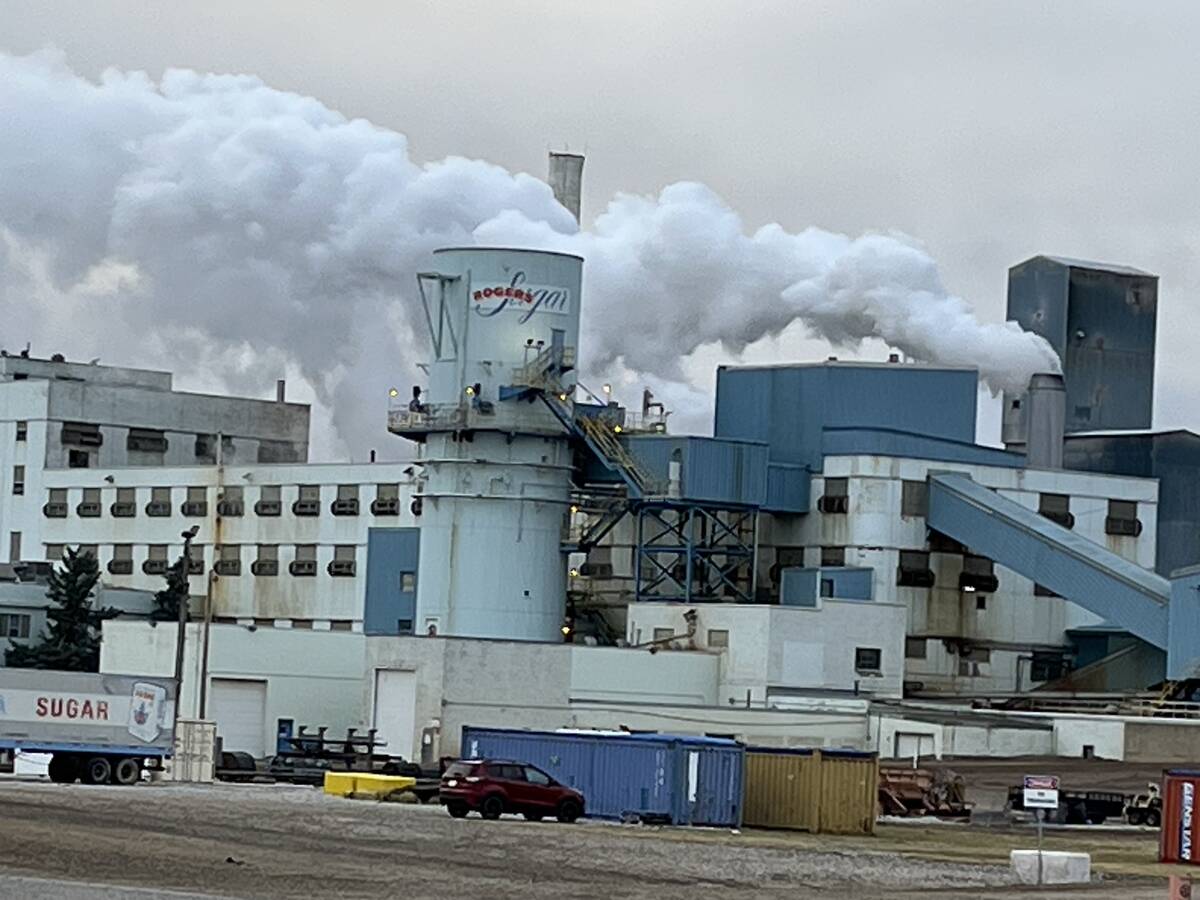CAMROSE, Alta. – The task of divvying up millions of dollars in recently announced federal and provincial agriculture money will fall to a committee, said Alberta agriculture’s policy secretariat.
“This is not going to be bureaucratically run,” said Gordon Herrington.
Recently, the two levels of government released agreements on how the agriculture safety nets in the province will operate for the next three years.
In Alberta, the federal and provincial governments will each contribute $8.2 million to develop the province’s beef industry.
Herrington said a committee of farmers and industry representatives will be set up to review proposals of how money will be spent.
Read Also

Sugar beet harvest underway in southern Alberta
Alberta Sugar Beet Growers hosts field tour to educate the public on the intricacies of the crop, its harvest process, and contracts with Lantic Sugar
“They will sort out and allocate,” he said.
A similar committee will be established to allocate $2.8 million in federal funds for development of the hog industry. Alberta will also contribute up to $2.8 million, which will go directly to producers as part of the payment planned to end the National Tripartite Stabilization Plan.
The province may go through the existing agri-food council to distribute almost $20 million from the Gross Revenue Insurance Plan.
Grants of $56,000 each from the federal and provincial governments will go directly to the Alberta Sheep and Wool Commission with no strings attached.
“It’s a grant. We will give it to them to use it as they wish,” Herrington said.
The provincial government also announced it will change the name of the Farm Income Stabilization Plan to the Farm Income Disaster Program to more accurately reflect its role in disaster relief.
Alberta also said it will no longer contribute money to the Net Income Stabilization Account. Farmers and the federal government will continue to fund the program.
Alberta farmers who missed out on the Crow Benefit payout, a fund to compensate farmers for the end of rail transportation subsidies, because their land wasn’t planted to eligible crops will receive about $10 an acre as part of the $50 million supplementary payment program.
Committees will decide how to spend $2.8 million for development of the hog industry and $16.4 million for the beef industry.














